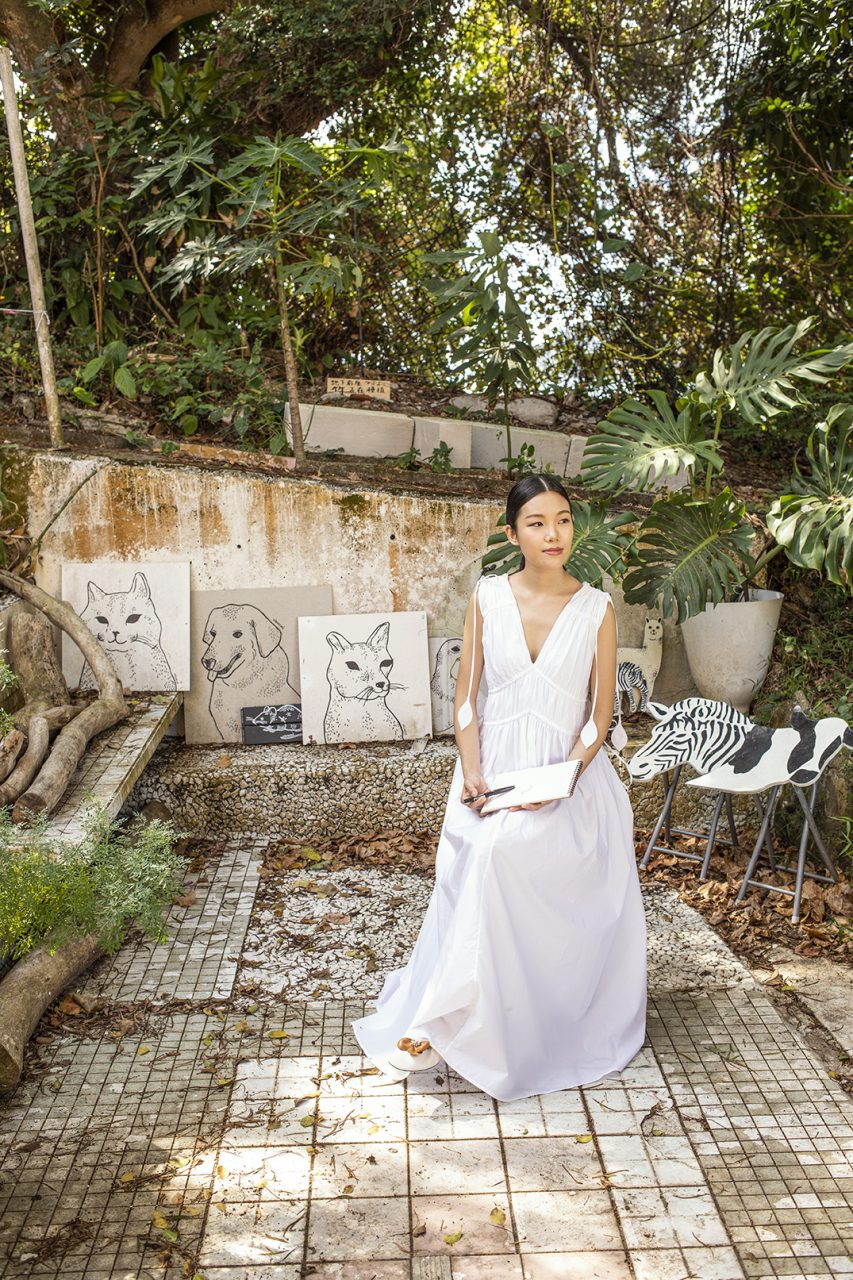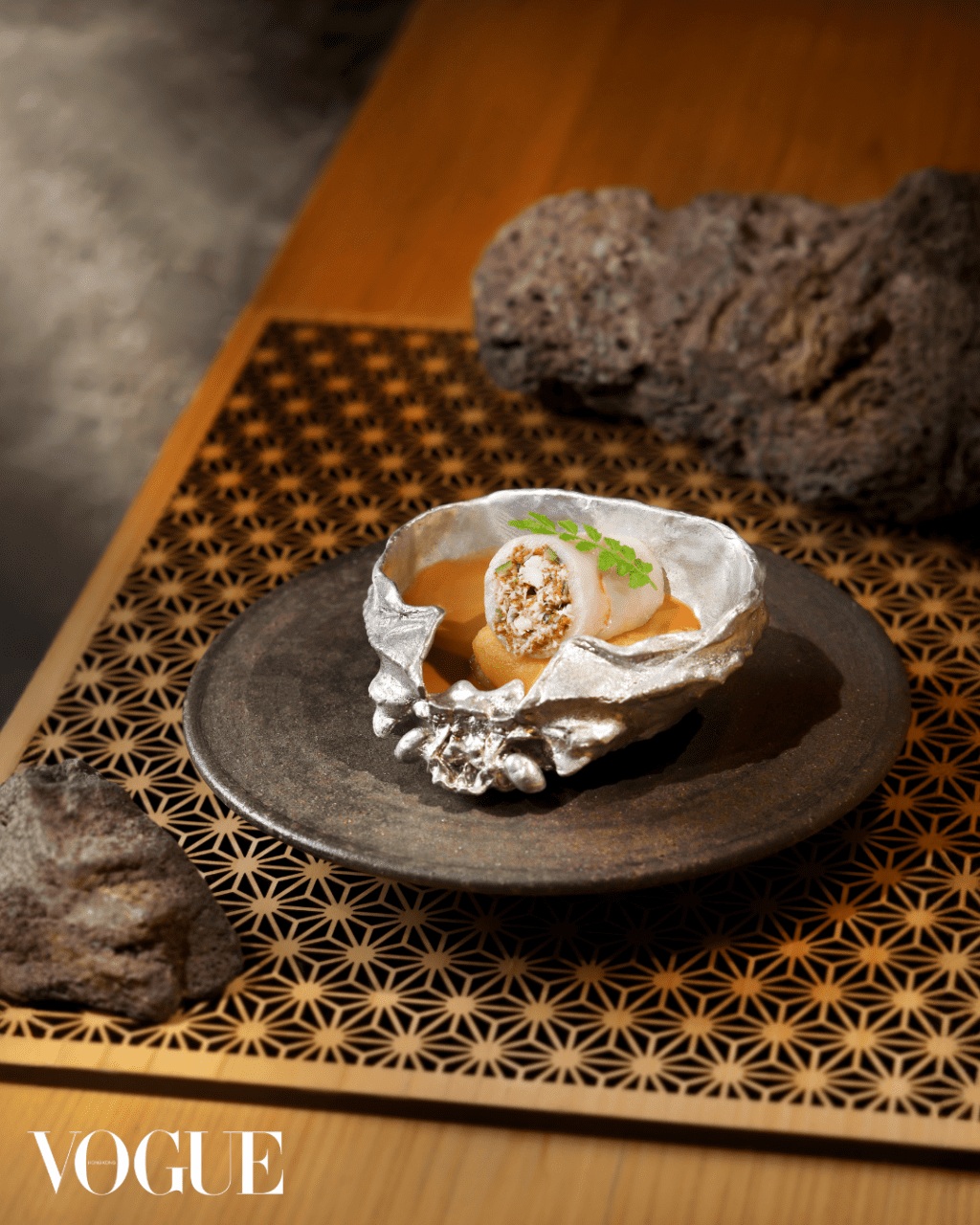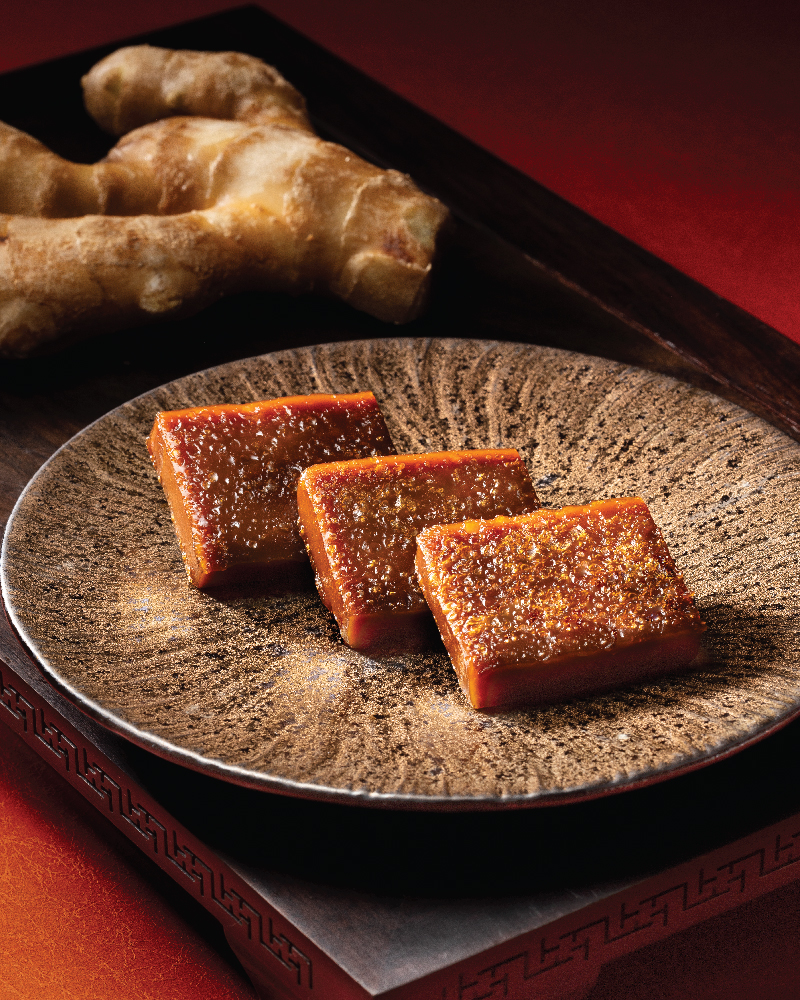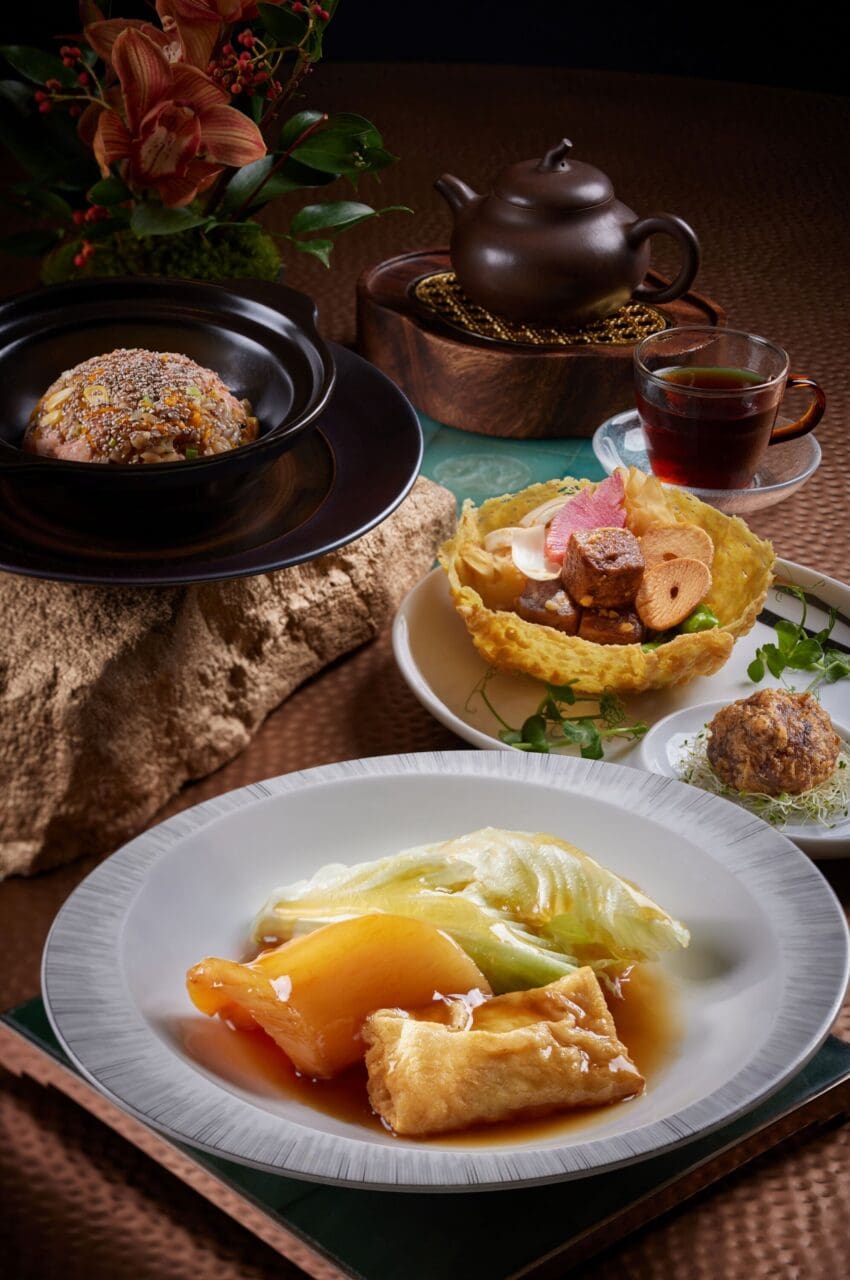Change your lifestyle and be one with nature
UUendy Lau (UU) frequently blurs the lines between artist and designer, and is lauded for her graphic illustrations composed of simple lines in black and white. The artist often returns to nature as a theme for her work, most often illustrating cats, zebras and foliage.
“Nature resonates globally, with no boundaries in terms of region, language or cultural background. It is a bridge between us and the people around us. The zebra is the first animal character I created in my series because I liked its black and white stripes.” UUendy has also made friendships through her animal creations, befriending a Japanese man who kept the same animals on a ranch in Aomori as the animals in her works.
Nature is like a never-ending movie. Every minute nature presents a different scene, and I can feel the positive life force from a distance and in detail (even under the microscope), which is worth learning from.
UUendy Lau
UU moved from Tsuen Wan to Peng Chau two and a half years ago for two main reasons: “There is always a barrier between the urban lifestyle and nature, and sometimes it seems that nature is only accessible on holidays. For work, I need a larger space for both practical and creative reasons so that I can concentrate on my work and logistically deal with larger pieces. When I visited Peng Chau before I moved, I liked the quietness and simplicity of the lifestyle, and the flexibility of my freelancing mode of work to match the traffic, so I decided to move in without thinking too much.”
If you pay close attention to your surroundings, you will find that there are many places in Hong Kong where art is integrated with nature. Looking back at the changes in nature and art in Hong Kong over the past 10 years, UU says she has more recently noticed that there are more art projects created in nature or in response to the natural environment, “I also appreciate that these projects will stimulate the collaboration of artists from different fields, such as literature, architecture, photography, etc., so that the audience can have a more diverse art experience. These creations also allow people to get close to the art and sometimes even participate in it, so I think that these creations merging art and nature are very inclusive. I like to see small weeds growing around the artworks and even on the surface of the materials, because I can strongly feel the power and effort of nature, and at the same time, I can discover the beauty where art and nature intertwine, evolving to a greater, more meaningful level of art with time.”
We travelled to 5 locations with UU, each a natural environment steeped with art and culture.
1/ Peng Chau – Leather Factory “Secret Garden”
Peng Chau is far off the beaten track and where UU now lives. The island houses a secret garden with a very nondescript entrance down an alley. The previously derelict building was formerly a leather factory, opened in the early 1930s, and was declared a Grade 3 historical building by he Antiquities and Monuments Office in 2010. The space has since been transformed into a wondrous and fantastical secret garden, where old is born anew in unique, sculptural creations. The distinct and whimsical atmosphere has attracted many a tourist and local alike to visit, take photos and learn more about the history of the space.
A closer look at the artwork reveals many small surprises, as the majority of the materials used to create the artworks are mundane objects that we encounter in our daily lives (such as clocks, water pipes, fans, etc.). Here, they have been cleverly reinterpreted into imaginative art installations.
UUendy Lau
UUendy Lau illustrated three birds resting at the "Secret Garden" in Peng Chau's Leather Factory.
2/ Hong Kong Zoological and Botanical Gardens Green House – “Hi! Flora, Fauna” Art Project
Although Hong Kong is a “concrete jungle”, there are many parks dotted around the city that offer a much-needed space to take a break and de-stress. The Hong Kong Zoological and Botanical Gardens in Admiralty has fused art into nature, with their exhibition “Hi! Flora, Fauna”. A total of 17 artists or art groups participated in the public art project, presenting works in a variety of mediums that drew inspiration from the history, collective memories, cultural imagination as well as natural attractions of the Gardens alongside site-specific activities.
The largest installation is “Sound Search”, a cave-like creation made of bamboo by Impromptu Projects, which is displayed in the park’s fountain deck garden. The roof of the park’s rain shelter is also an artwork, titled “Once” and created by artist Kang-sheng Chang. Visitors can look up and fully immerse themselves in nature, with visuals of the park’s tree trunks and other wildlife textures, capturing a different perspective of nature. There are also many other wonderful installations that have been merged into and hidden throughout the park, while the exhibition will be open until June 30, 2021.
"Sound Searching" at Hong Kong Zoological and Botanical Park
The artwork in the park encourages visitors to interact up close with art and even walk into the installations, creating another exploratory and experiential space that feels fresh and exciting.
UUendy Lau
"Sound Searching" at Hong Kong Zoological and Botanical Park
3/ Cattle Depot Artist Village
Built in 1908, this red brick complex and courtyard is located in To Kwa Wan, and was formerly known as the Ma Tau Kok Livestock Quarantine Station. Upon entering the cattle shed, visitors can see the open courtyard, while observant guests may notice an iron ring at the bottom of the concrete dunnage, which was once used to lock cattle’s feet. The Cowshed, which was rated as a Grade II historic building by the Antiquities Advisory Board in 2009, has evolved into a space that local artists rent to use as a studio, hence its current name, Cattle Depot Artist Village. Many artists will also occasionally put their artworks outside, while the nearby Cattle Depot Art Park is a wonderful place to visit on weekends to explore the local culture and other art-related activities.
Located near the downtown area, the cultural space has evolved from a cow house to an art studio, where many artists have extended their creations to the front door of their flats with their own personal characteristics.
UUendy Lau
4/ Yim Tin Tsai Arts Festival 2021
If you want to relax and enjoy art, consider visiting Yim Tin Tsai, a quiet island in Sai Kung. With almost 300 years of history, this small island is rich with the Hakka culture of Hong Kong, while the third phase of the “Yim Tin Tsai Arts Festival 2021” will be open until July 16. The festival’s theme, “people”, is woven across a myriad of artworks, including “Eun Wait” by Yeung Fong Yee, Lai Kwai Chun and Lam Chun Tso. “Blue Shirt Belt” by Yang Fangyi, Lai Guichun and Lin Junzuo will highlight the beauty of bamboo creations, showcasing intricate bamboo art and skilled tying techniques, symbolising the harmonious coexistence of “heaven, earth and people” on Yim Tin Tsai island. In addition, a virtual, 360° live tour is available on the official website of the festival, allowing participants to learn more about the story of the island’s attractions and the concept of their artwork creations.
Yim Tin Tsai Arts Festival 2021. Yang Fangyi, Lai Guichun, Lin Jun "En, etc. Blue Shirt Belt"
The artwork and the ancient architecture of Yim Tin Tsai blend seamlessly with the natural environment, while the juxtaposition of old and the new is remarkable, using modern craftsmanship to contrast with the former fishing village and salt-drying lifestyle.
UUendy Lau
Yim Tin Tsai Arts Festival 2021. Xu Jiaxiong "Ode to Life"
5/ Yuen Long Ha Pak Nai “CheMiYan”
Located in Lau Fau Shan, Ha Pak Nai is a magical spot where visitors can view a spectacular sunset. A series of 19 paintings are also on display, created by three sisters “CheMiYan”, who love to paint.
The rich colors and vivid style of brushstrokes offer a visual record of the natural scenery at a specific moment. It is almost as if time has stopped at the most captivating moment.
UUendy Lau

UUendy Lau painted herself and a furry companion at Ha Pak Nai to enjoy the paintings created by the three sisters, "CheMiYan".
Nature is a never-ending lesson
As a local artist that prefers to use nature and animals as her primary theme, UU explains how she hopes her works can resonate with viewers. “I feel that nature is a never-ending lesson. Observing nature every day, I hope to bring a sense of inspiration and reflection, and at the same time, I am inspired to become a better version of myself, such as trying to change my impatient personality or build up more confidence. I hope my work will encourage people to develop a unique, comfortable and kind way to connect and coexist with nature and things around them, passing on this positive mindset to those around them as they find their place in life.”
As for how to better connect with the environment while creating artworks that blend into nature, UU suggests that people should engage with their 5 senses to feel nature before they start to create. “Look closer at the wood grain and insects on the tree trunks, listen carefully to the sound of the leaves moving in the wind, smell the grass and flowers passing by, and try to feel their existence and life with your heart. For example, the wind can be a friend with a quick personality, and the waves can be a person who keeps moving towards the goal ahead. These vivid fantasies will also lead to more interesting ideas and reflections on myself.”
UU encourages art enthusiasts to explore the HKWalls Street Art and Mural Festival held in Sai Kung, alongside the more popular Art Basel and Art Central. “Every year, HKWalls will select different areas in Hong Kong and communicate with venues in advance to invite different artists to create works on different outdoor walls. Apart from murals, there have been weaving works as well. I was one of the artists who painted the wall in Wan Chai in 2019, where I met many other creatives.”
View this post on Instagram
Everyone can create art
“I don’t think only artists can make art – many people’s creations are also worthy of our appreciation and learning. Although “The Plumber King” is not a traditional artist, his fonts have become an integral component in Hong Kong’s street art, while also finding their way into Hong Kong’s cultural scene.”
In regards to future plans, UU says that she is “currently working with local cultural organisations to prepare art installations and workshops for the fall, to educate participants to appreciate and re-understand nature from a brand new perspective”. UU also seeks to explore and explain the characteristics and mobility of nature’s materials, while gently reminding viewers that we can actively improve the problems arising from our past over-reliance on industrial production. “We hope to participate in bird-related artworks in the future. With the arrival of spring and summer, I often wake up in the morning to hear different bird sounds and notice more birds coming to my garden to feed, such as magpies, white-faced waterfowl, chickadees, etc. I am looking forward to getting to know them better and understanding their habits through creating art regularly.”
Finally, on the difference between gallery art and art created in and from nature, UU said, “In terms of creation, sometimes environmental art requires more consideration because it is often installed outdoors, and the materials chosen have to be durable and not damage the natural environment. After I find the best way to present the artwork, and see how it interacts with its surroundings and natural environment, viewers often share their positive feedback of the artwork, providing great encouragement and motivation for me to continue creating. Sometimes gallery art has to cater to commercial considerations, but art that incorporates into nature is often free for the public to see and interact with, and to a certain extent becomes a public facility.”
Discover more of Hong Kong’s rich and diverse art scene at discoverhongkong.com
Art Director: Kat Yeung
Photographer: Lamb Yeung
Producers: Cherry Mui, Karma Cheung
Make-up & Hair Artist: Queenie Ma
Wardrobe: White dress, top and pants, all Tory Burch.
Blue and white dress, Marella.
Editor
Karma Cheung













